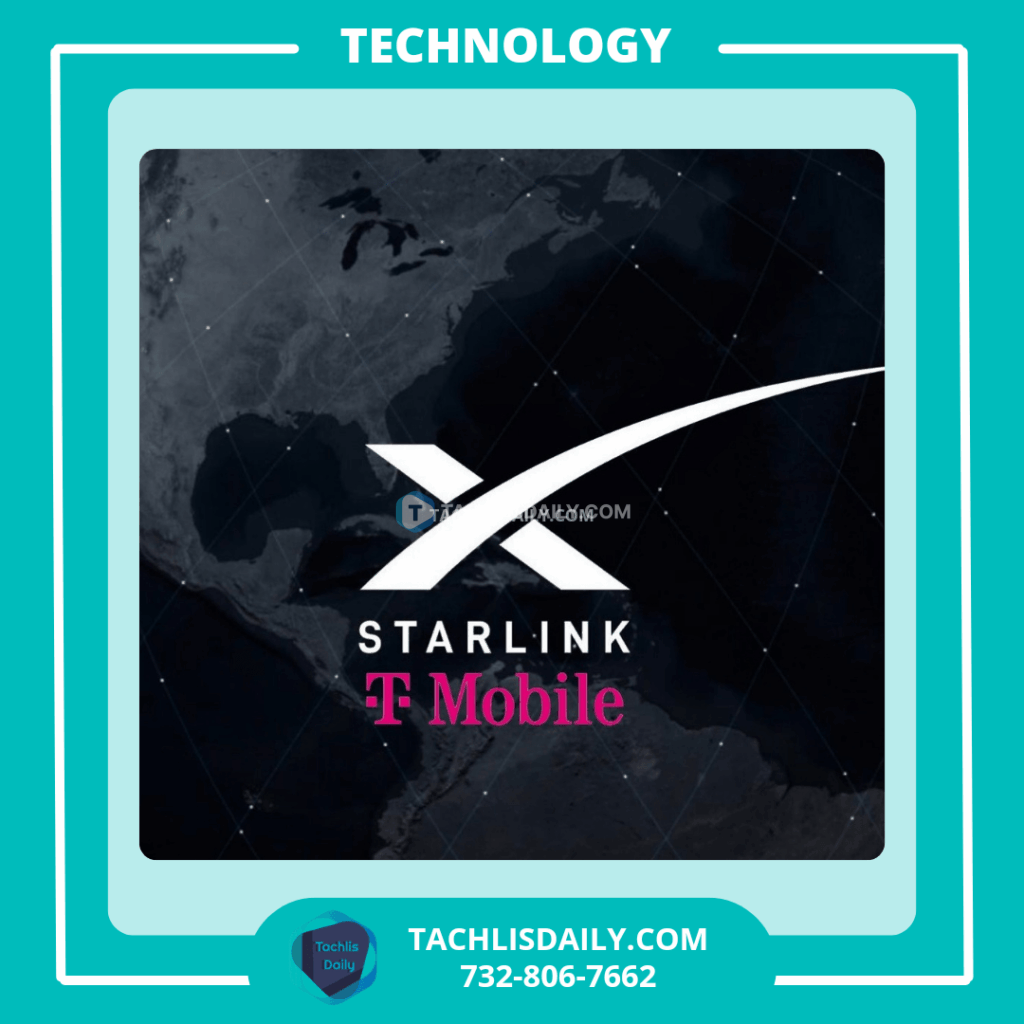SpaceX CEO Elon Musk recently announced that T-Mobile subscribers in the United States will be the first to benefit from direct mobile phone internet access via Starlink satellites. This service will be exclusive to T-Mobile for the first year, with plans to extend the offering to other telecom service providers afterward.
Elon Musk shared more details on the partnership through a post on X, saying, “Starlink direct to mobile phone Internet is exclusively with T-Mobile in the US for the first year, then other carriers thereafter.” Musk further explained that SpaceX’s approach is to initially collaborate with one carrier in each country, but the goal is to eventually provide this service to all carriers worldwide.
This announcement comes right after SpaceX successfully launched 26 additional Starlink satellites equipped with direct-to-cell capabilities into low-Earth orbit. These satellites are part of SpaceX’s growing network designed to provide widespread internet coverage across the globe. With this launch, SpaceX now has 160 Starlink satellites in orbit with direct-to-cell capabilities.
Ben Longmier, Senior Director of Satellite Engineering at SpaceX, confirmed the potential impact of this development, stating that T-Mobile will no longer have dead zones in the U.S. by the end of this year due to this new satellite access. “The SpaceX Direct to Cell program just added 26 satellites, bringing our total to 168 satellites,” Longmier noted. “T-Mobile will have no more dead zones in the US later this year.”
SpaceX has launched nearly 7,000 Starlink satellites to date, with a portion of them specifically outfitted with direct-to-cell capabilities. These specially equipped satellites act as cell towers in orbit, designed to connect directly to standard LTE mobile phones without the need for additional hardware, software, or apps. This breakthrough aims to provide global access to texting, calling, and internet browsing from virtually anywhere on the planet.
The collaboration between T-Mobile and SpaceX, which was first announced in August 2022, is aimed at bridging the digital divide by offering connectivity in remote locations where traditional cellular signals are unavailable. In addition to T-Mobile, SpaceX has secured similar agreements with other international carriers, such as Optus in Australia, Rogers in Canada, and KDDI in Japan, reflecting a broader effort to enhance global communication infrastructure.
SpaceX plans to roll out the texting service using these satellites by the end of 2024, followed by the introduction of voice calls, data services, and Internet of Things (IoT) applications in 2025. This staggered deployment strategy underscores SpaceX’s commitment to advancing satellite-based communication technologies progressively.
This partnership represents a major leap forward in mobile internet connectivity, aiming to make high-speed internet accessible in even the most isolated regions. By harnessing the power of Starlink’s expanding satellite constellation, SpaceX and T-Mobile are poised to transform the landscape of mobile telecommunications, ensuring that reliable and fast internet access is within reach for more people around the globe.











